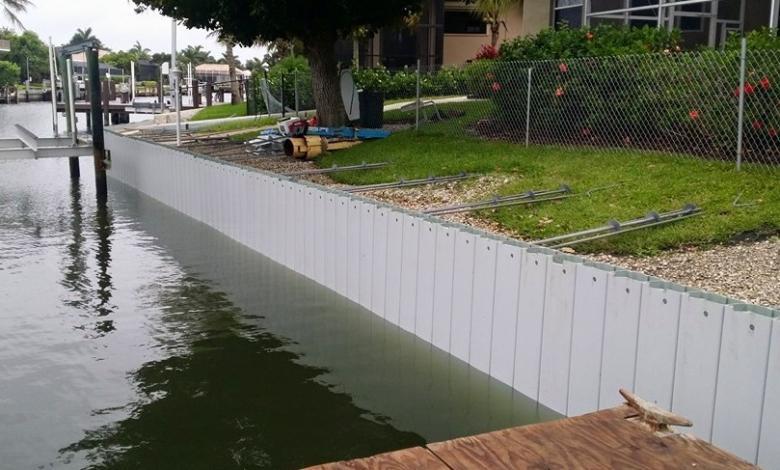How Seawall Construction Can Protect Your Waterfront Property from Erosion

Waterfront properties are highly desirable for their scenic views and recreational opportunities. However, they are also vulnerable to erosion caused by waves, tides, and storm surges. Over time, erosion can damage the land, threaten structures, and reduce property value. One effective solution to protect these properties is seawall construction. This method provides a sturdy barrier that helps safeguard the shoreline while preserving the property for years to come.
Understanding the Role of Seawalls
Seawalls are solid structures built along the shoreline to prevent erosion and protect properties from the force of water. They act as a buffer between the water and the land, absorbing and deflecting wave energy. By reducing the impact of waves, seawalls help maintain the stability of the shoreline and prevent soil from being washed away. This is especially important for waterfront homes, gardens, and other infrastructure located close to the water’s edge.
Benefits of Seawall Construction
Investing in seawall construction offers several key benefits for property owners. First, it significantly reduces erosion, which helps maintain the size and shape of your land. This can prevent costly damage to landscaping, foundations, and other structures near the shore. Second, seawalls provide added safety for residents and visitors, as they minimize the risk of sudden land collapse or flooding during storms. Third, well-constructed seawalls can enhance the aesthetic appeal of a waterfront property, giving it a polished and maintained look that can increase its market value.
Types of Seawall Designs
Seawall construction can vary depending on the needs of the property and the characteristics of the shoreline. Common designs include vertical seawalls, which are built straight up and are ideal for areas with strong wave action, and sloped seawalls, which gradually slope toward the water to better absorb wave energy. Another option is segmented or modular seawalls, which consist of individual sections that can be replaced or adjusted over time. Choosing the right design is crucial to ensure long-lasting protection and minimal environmental impact.
The Construction Process
Building a seawall requires careful planning and professional expertise. The process usually begins with a thorough assessment of the shoreline, including soil type, water levels, and wave patterns. Next, a suitable design is selected, and materials such as concrete, steel, or timber are prepared. During construction, the site is stabilized, and the seawall is installed to the required specifications. Proper drainage and reinforcement are incorporated to prevent water from undermining the structure. After completion, regular inspections and maintenance are essential to ensure the seawall continues to function effectively over time.
Environmental Considerations
While seawall construction is highly effective, it is important to consider its environmental impact. Hard structures can sometimes alter natural habitats or interfere with sediment movement along the coast. Consulting with environmental experts and following local regulations can help minimize negative effects. In some cases, combining seawalls with natural solutions, such as planting vegetation along the shoreline, can create a balanced approach that protects the property while supporting the local ecosystem.
See also: The Power of Data-Driven Decision Making in Modern Business
Maintaining Your Seawall
Even a well-built seawall requires ongoing maintenance to remain effective. Regular inspections can identify cracks, erosion at the base, or other signs of wear and tear. Addressing these issues promptly helps extend the life of the seawall and prevents small problems from becoming major repairs. Cleaning debris, monitoring drainage, and reinforcing weakened areas are common maintenance practices that keep the seawall functioning optimally.
Conclusion
Seawall construction is a reliable and practical solution for protecting waterfront properties from erosion. By acting as a barrier against waves and storm surges, seawalls safeguard land, structures, and landscaping while enhancing the overall value and safety of the property. With careful planning, proper construction, and ongoing maintenance, homeowners can enjoy the benefits of a stable and secure shoreline for many years. Investing in a seawall is not just about preventing damage—it’s about preserving the beauty and functionality of your waterfront property for the future.





